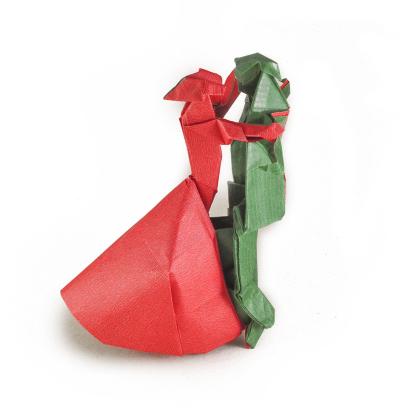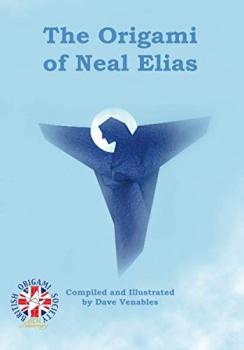Primary tabs
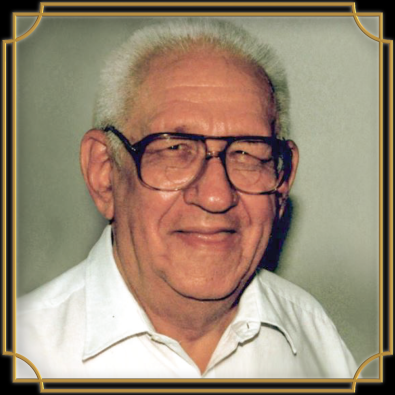
Neal Elias
Cleveland, OH 44116
United States
Neal Elias had an origami creative period between 1951 and 1973 eventually 'burning' himself out on a series of 3D human busts. His work - especially those models where he used the method which has become known as box pleating is still extensively used today and is synonymous with complex folding.
From a very young age, Neal became interested in magic, especially card magic and paper folding first caught his eye in Harry Houdini's book Paper Magic where four traditional models are included. Later he acquired Murray and Rigney's Book, Fun with Paperfolding which kickstarted his passion.
Origami was not his only pastime and he enjoyed many crafts including rug making, needlecraft, plaster casting, and painting, of which he had many examples around his home. He played several musical instruments (badly he said) and loved classical music.
He was well-read and passionate about British history and tradition. Neal met very few paper folders during his lifetime and never attended an origami convention in the sense that we know them now. He became however an avid correspondent and part of the Western world’s circle of early origami enthusiasts including Sam Randlett, Fred Rohm, Bob Neale, Jack Skillman, Ligia Montoya, Pat Crawford, Robert Harbin, Eric Kenneway, John Smith, and Iris Walker. Inspiration frequently came from ‘duelling’ with other paper folders being set challenges by others. He realized that models could not be adequately stored so took to diagramming his own and origami models received in correspondence in notebooks intended for his personal future reference. This has proven to be a unique and valuable historical record of the development of origami over the period.
He created many models which depicted multiple subjects from a single piece of paper, a subject choice which is still relatively uncommon even today. He began creating using traditional bases and when he thought he had exhausted this he then used re-formed bases. This approach he referred to as diagonal folding. He began exploring box pleating or square folding, as Neal called it around 1966. He was maybe unaware of early references but he did correspond with Emanuel Mooser and was aware of his train which was developed around the same time. At its simplest, of course, the windmill base forms the basis of box pleating but referring to Neal's diagram the windmill base is not explored in the same way as the bird and frog base are in his early work.
Neal folded his work almost exclusively in paper laminated foil. This was a fairly common paper at the time and unfortunately is less available now since the food industry has switched to packaging alternatives. He found this held its shape and allowed 3D modeling.
Neal revisited subjects frequently and the Last Waltz is in fact the eighth and final version of a dancing couple. Without a doubt, it's become an enduring origami favourite and enchants both folders and non-folders alike. Not a difficult model to an experience folder, it has a charm and elegance unsurpassed.
Written by David Venables (BOS)
Here are 10 models that were folded by our members in memoriam of Neal Elias, View all models
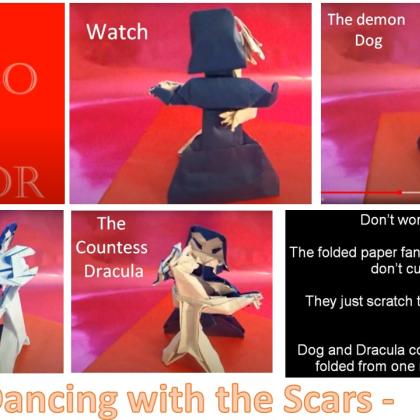 Charles Santee / The Last Waltz - Halloween Style
Folded by: Charles Santee
Charles Santee / The Last Waltz - Halloween Style
Folded by: Charles Santee
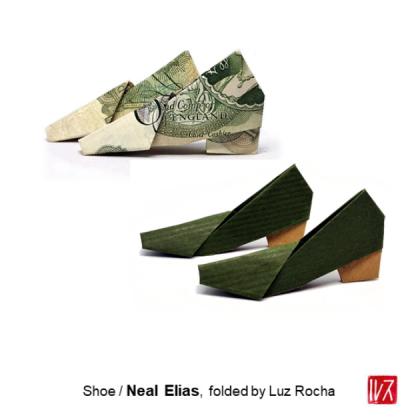 Shoe
Folded by: luzrocha
Shoe
Folded by: luzrocha
 Hatching Chick
Folded by: luzrocha
Hatching Chick
Folded by: luzrocha
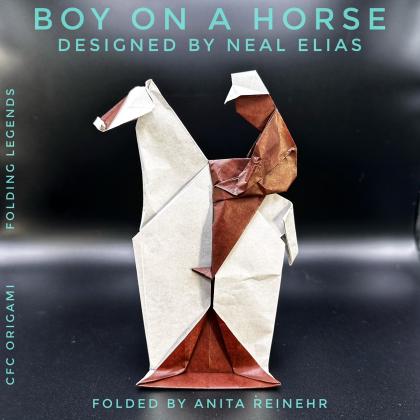 Boy on a horse
Folded by: anitareinehr
Boy on a horse
Folded by: anitareinehr
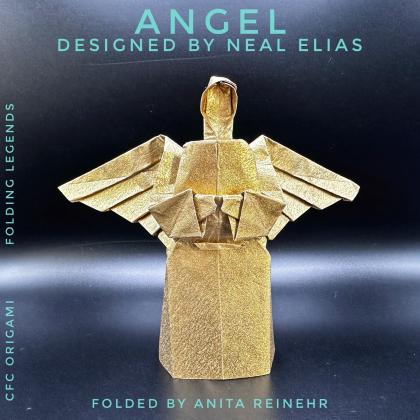 Angel
Folded by: anitareinehr
Angel
Folded by: anitareinehr
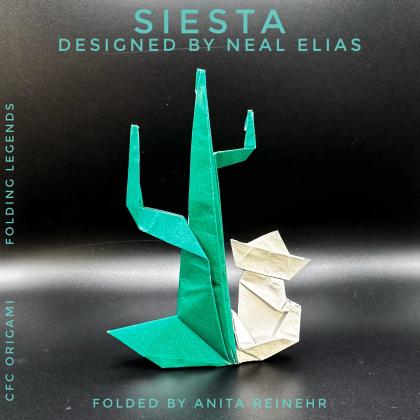 Siesta
Folded by: anitareinehr
Siesta
Folded by: anitareinehr
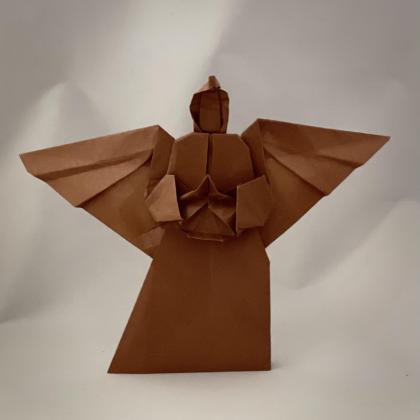 Angel
Folded by: Linda Macfarlane
Angel
Folded by: Linda Macfarlane
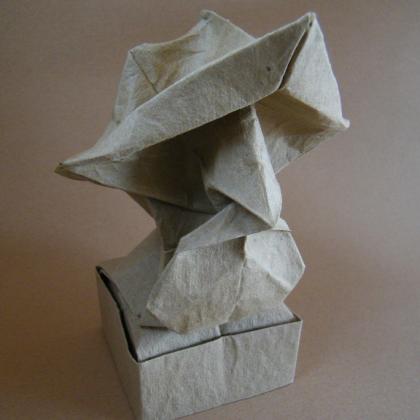 Conquistador
Folded by: RuiRoda
Conquistador
Folded by: RuiRoda
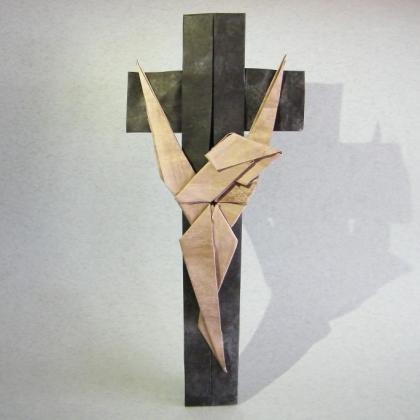 Crucifix
Folded by: RuiRoda
Crucifix
Folded by: RuiRoda
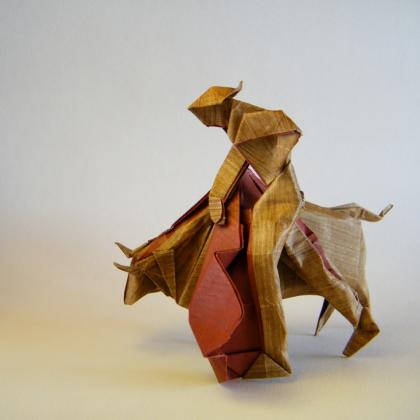 Llopio's Moment of Truth
Folded by: RuiRoda
Llopio's Moment of Truth
Folded by: RuiRoda
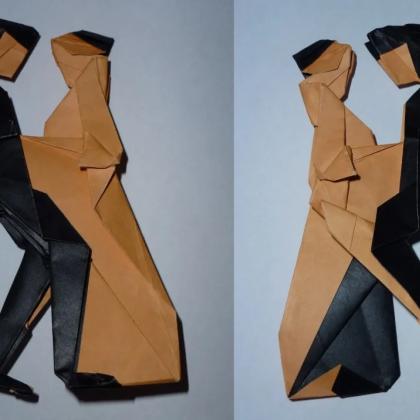 Dancers
Folded by: wonko
Dancers
Folded by: wonko
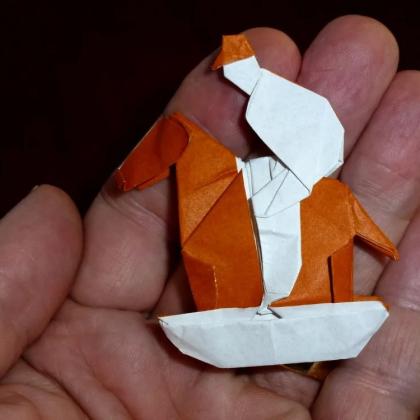 Rocking Horse
Folded by: wonko
Rocking Horse
Folded by: wonko
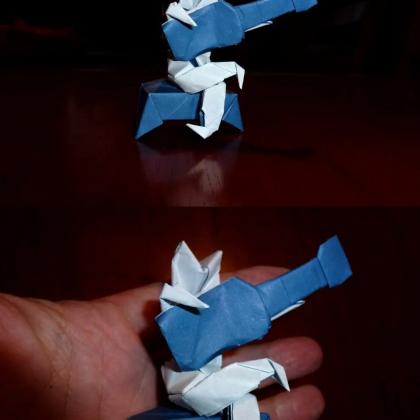 Andre Segovia
Folded by: wonko
Andre Segovia
Folded by: wonko
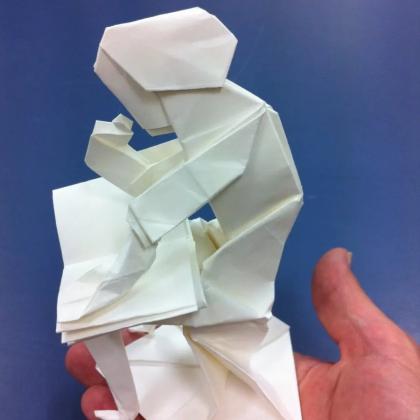 Rodin's Thinker (Reader)
Folded by: wonko
Rodin's Thinker (Reader)
Folded by: wonko
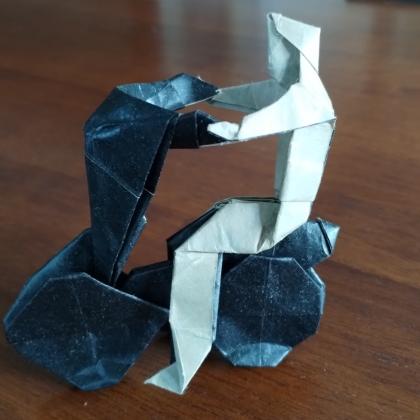 Boy on a Motorcycle
Folded by: wonko
Boy on a Motorcycle
Folded by: wonko
